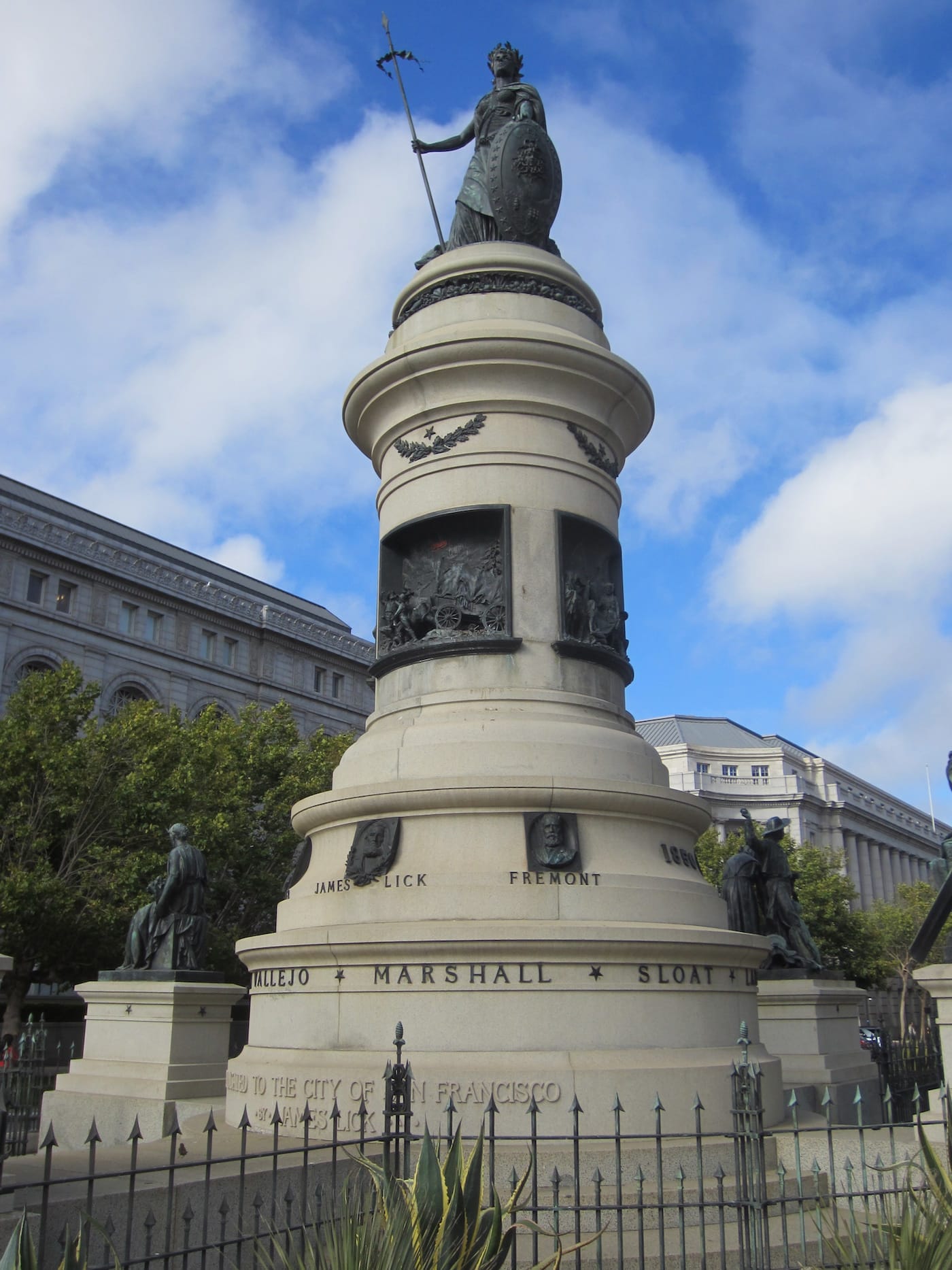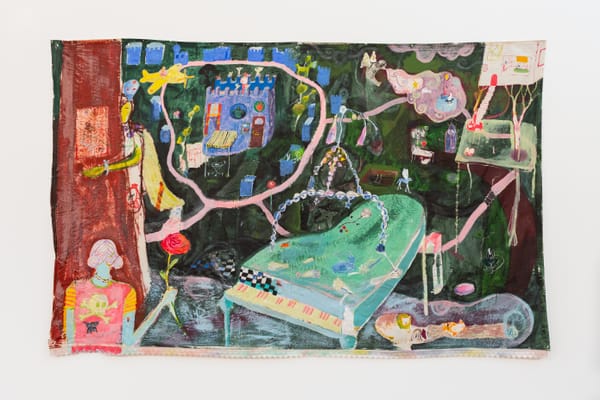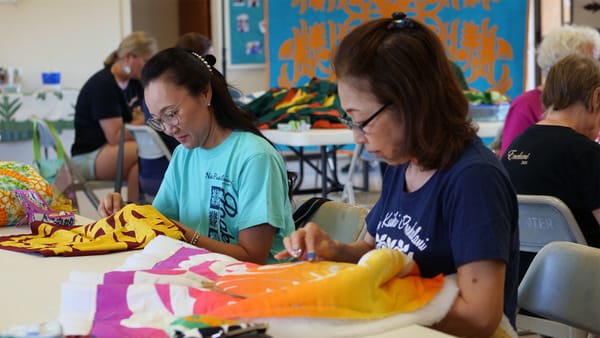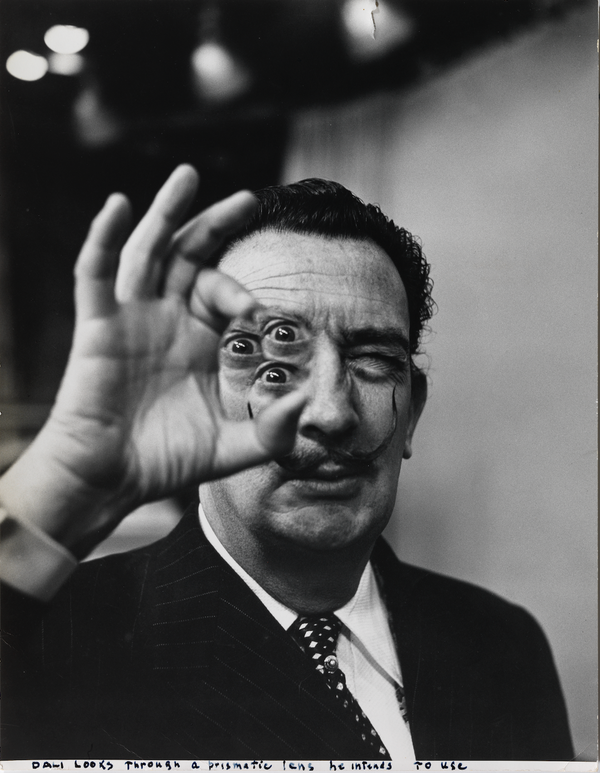San Francisco Will Remove Statue of White Settlers Towering Over a Native American [UPDATED]
Yesterday, the San Francisco Arts Commission voted unanimously to take down "Early Days," which stands near City Hall.

After years of criticism, a controversial statue of a Native American will be removed from its longstanding post at the base of a prominent San Francisco monument. Yesterday, the city’s Arts Commission voted unanimously to take down the bronze sculpture that stands near City Hall, which many locals consider racist and celebratory of America’s violent colonial history. The statue, titled “Early Days,” depicts a fallen Native American male who looks up at a missionary as a vaquero (cowboy) gazes into the distance. It is one of four smaller statues that surround “Pioneer Monument,” dedicated in 1894 to commemorate chapters of California history.
“The Commissioners agreed that this racist and disrespectful sculpture has no place in the heart of our city,” the agency said in a statement. “In the coming weeks, Arts Commission staff will take steps to remove the sculpture and place it in storage. Staff will also create a didactic plaque on or near the monument explaining the rationale for the sculpture’s removal.”

Monday’s vote follows months of community outcry against the statue, which were reinvigorated when right-wing protests in Charlottesville, Virginia — over the removal of a Robert E. Lee monument — left a counter-protester dead. Spearheading the protests were members of the local Native American community, who said the statue “promotes a white supremacist ideology that is connected to the mass genocide of indigenous people.”
Their calls renewed two earlier efforts by Native activists to remove the statue. In 1991, in response to criticism from local organizations, the Arts Commission added a plaque beneath the figures that added historical context. Plants, however, obscured the plaque over time, and activists argued that the sign did not provide adequate information to explain the racist images. Demands to remove it emerged once more in 2007, led by a Native American task force representing the Bay Area.
This time, amid a national reckoning with Confederate monuments, the city responded differently, at least after a bit of bureaucratic pingpong. In October, the Arts Commission voted unanimously to begin the process of removing the statue. The vote then went to the Historic Preservation Commission, as the Pioneer Monument stands within a historic district. The Historic Preservation Commission voted on February 21 to remove the statue, with the stipulation that the city add a plaque explaining the reasons behind its removal. Yesterday the Arts Commission gave its final approval. The city plans to take down the figures within months.

“The Arts Commission heard the public outcry against the imagery represented in the ‘Early Days’ sculpture and took the appropriate steps to help rectify an historic injustice,” Director of Cultural Affairs Tom DeCaigny said in a statement yesterday. “It’s important for us to respect and honor the original inhabitants of this land and to remember that they remain a part of our community today and their voices deserve to be heard.”
Originally located around the corner from its current site, Pioneer Monument was funded by the estate of local businessman James Lick, who died in 1876 as the wealthiest man in California. The historical scenes were created by Frank Happersberger to encircle a large figure of Athena. “Early Days” was one of four sculptures near the base of the monument; the others represented allegories of Commerce and Plenty, as well as a group of miners to commemorate the California Gold Rush (which itself displaced many indigenous people). The city moved the monument to its current position to make way for the construction of the San Francisco Public Library.
San Francisco’s vote marks the latest decision by a local government to remove or relocate controversial public monuments, as national debates over their value wage on. In January, a New York City commission voted to move a statue of Dr. J. Marion Sims, a 19th-century gynecologist who experimented on female slaves, to a Brooklyn cemetery. The San Jose City Council also voted to relocate a Christopher Columbus statue installed in its City Hall, although council members have not yet determined where it will go. While the San Francisco Arts Commission has decided that “Early Days” will be placed in storage, it has not ruled out the possibility that it will go to the museum one day, according to the San Francisco Examiner.
Update, 3/26/2018: Frear Stephen Schmid, an attorney from Petaluma, has filed an appeal to challenge the Commission’s decision. According to the San Francisco Chronicle, Schmid believes that placing “Early Days” in storage is akin to “destroying” the statue. A hearing will take place on April 18.




